
Cherepish Monastery
Sofia, BG
The Cherepish monastery was built during the Second Bulgarian Empire, under the rule of Tsar Ivan Shishman (1371-1393). Like many other Bulgarian monasteries, it was destroyed several times under Ottoman rule.
Here you can search for a building to visit. You can use the map find destinations, or you can use the filters to search for a building based upon what different criteria.

Sofia, BG
The Cherepish monastery was built during the Second Bulgarian Empire, under the rule of Tsar Ivan Shishman (1371-1393). Like many other Bulgarian monasteries, it was destroyed several times under Ottoman rule.
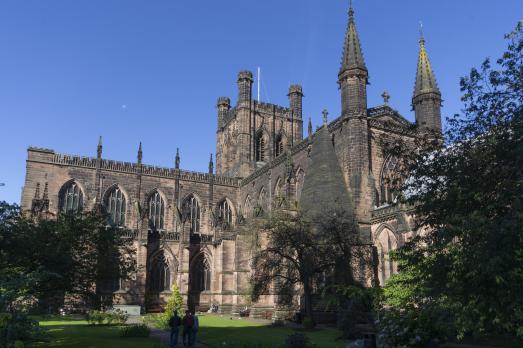
Chester, GB
Chester Cathedral is many things to many people: a vibrant community of worship, an ancient abbey, an archaeological treasure, a cultural hub, a centre of musical excellence and a unique blend of medieval and modern history.
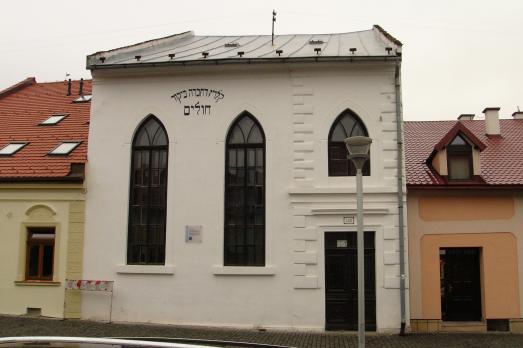
Bardejov, SK
The Chevra Bikur Cholim Synagogue in Bardejov is an Ashkenazi synagogue completed in 1929. This brick building still serves as a synagogue.
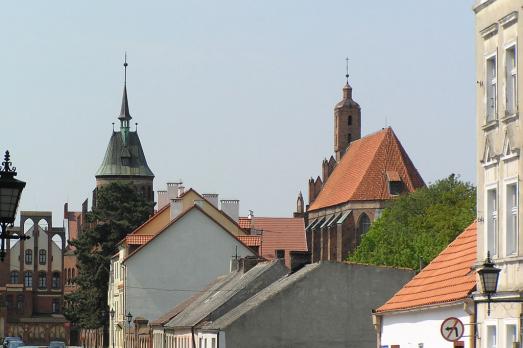
Chełmno, PL
The Chełmno convent is a 13th century Cistercian monastery, now run by Benedictine nuns. The monastery complex includes the Gothic monastery with the medieval treasury and cellar, the 13th century Mestwin tower, the hospital building, the convent garden and the Gothic church of St. John the Baptist and St. John the Evangelist (1290-1330) with the crypt of Abbess Madeleine Mortęska .

București, RO
The monastery of Chiajna, built at the end of the 18th century, is now in ruins. Intended to be the most important place of worship in Romania at the time of its construction, the neoclassical building was quickly destroyed by Turkish attacks. It has been classified as a Romanian historical monument since 2010.
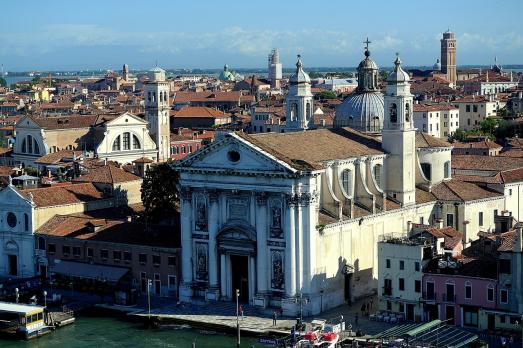
Venezia, IT
The present church of Santa Maria del Rosario, commonly known as the Gesuati church, was built between 1726 and 1743 for the Dominican friars. The name Gesuati comes from the religious order, suppressed in 1668, which had a church and above all, a large convent in the area, later bought by the Dominicans. With the suppression of the religious orders in 1810, the church became a parish church.
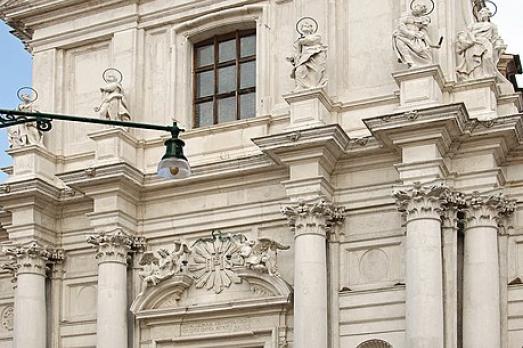
Venezia, IT
The Church of Santa Maria Assunta, better known as the Chiesa dei Gesuiti, is an 18th-century church built on top of an ancient medieval church. At the beginning of the 18th century, Venice had sold the old church, and its monastery, to the Jesuits, who considered the complex too small and began its reconstruction in 1715. The new church was consecrated in 1728. After the suppression of the Jesuits in 1773, the convent was used as a school and after 1807 as barracks, while the church became a branch of Santi Apostoli until 1844 when it was returned to the reconstituted Jesuit order.

Naples, IT
The church Girolamini, built from 1592 to 1780, is a monumental complex consisting of a church and cloisters. It houses a prestigious collection of books.
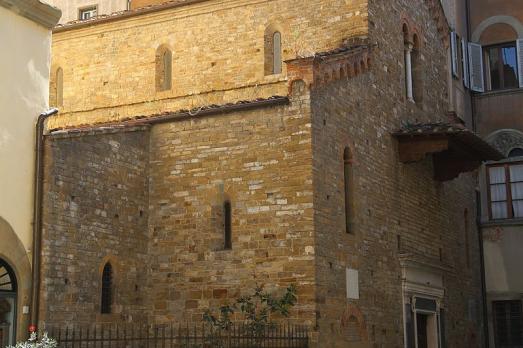
Florence, IT
The church of Santi Apostoli is also called locally "Vecchio Duomo di Firenze" because of its importance in the history of Florence. The building was built from the 11th century and is one of the oldest in Florence.
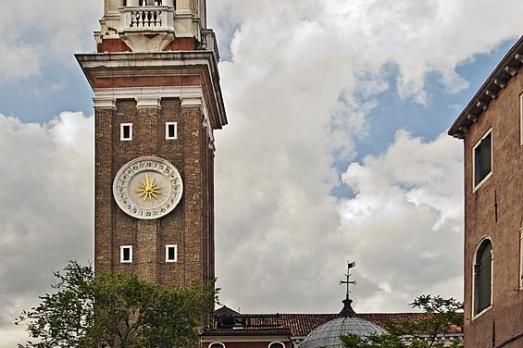
Venezia, IT
The date of construction of the Santi Apostoli dei Cristo is unknown but it is known that the building was completely rebuilt in 1021. It was almost completely rebuilt in 1105 after a fire that caused its complete ruin. In the 15th century, the architect Mauro Codussi added to the existing structure a portico on the side façade, the sacristy and the chapel of the Corner noble family. In 1575, the church was almost completely rebuilt: the load-bearing walls were reused and some of the 14th-century frescoes were preserved, as well as the Corner chapel. The architect Alessandro Vittoria was commissioned to carry out the work. The bell tower dates from 1672 but was completed by Andrea Tirali in the 18th century.

new
Nestled amidst the serene landscapes of the Harz region, lies a hidden gem for nature enthusiasts and history buffs alike - the Harz Monastery Hiking Trail. Lace up your hiking boots and embark on this captivating adventure that will transport you back in time.

The Holy Mile (Miglio Sacro) of Naples is a one-mile-long itinerary, through sacred places linked to the city's patron saint, San Gennaro, in the Rione Sanità district. Discover the city from a new perspective with this unique walking tour.

As a university city, cultural offerings abound in Tartu and will reach their peak after being designated one of three European Capitals of Culture for 2024. In this list, we've compiled the most interesting sacred places to visit in and around the old town.